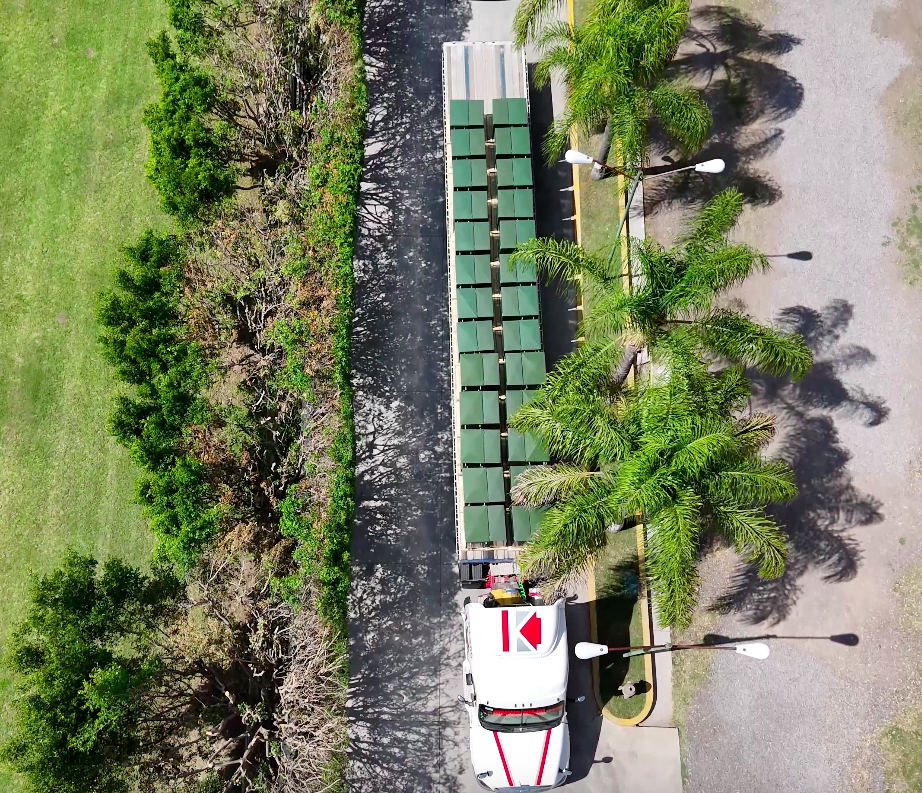Choosing the right transformer for your project is a critical decision that can impact performance, maintenance, safety, and cost. Two of the most common types are dry-type transformers and oil-filled transformers. While both serve the same basic function—voltage transformation—their design, application, and characteristics vary significantly.
Let us break down for you the technical and practical differences to help your engineers, procurement teams, and technicians make informed choices based on real project needs.
1. What Is a Dry-Type Transformer?
A dry-type transformer uses air (or gas) as the cooling and insulation medium. The windings and core are protected by high-temperature insulation systems, and the unit is typically enclosed in a ventilated or sealed casing.
Cooling system: Air (natural or forced ventilation)
Installation: Indoor, often in public or commercial buildings
Typical applications: Hospitals, schools, shopping centers, data centers
2. What Is an Oil-Filled Transformer?
An oil-filled transformer uses dielectric oil to cool and insulate the internal components. The oil circulates through the core and windings, transferring heat to radiators or fins for dissipation.
Cooling system: Mineral oil or synthetic insulating fluid
Installation: Typically outdoors or in isolated indoor areas
Typical applications: Utilities, industrial plants, renewable energy substations
3. Comparison Table: Dry vs. Oil-Filled Transformers
| Feature | Dry-Type Transformer | Oil-Filled Transformer |
| Coiling method | Air (natural/forced) | Dielectric oil |
| Location | Indoor | Outdoor or enclosed indoor |
| Maintenance | Minimal | Requires regular oil testing and monitoring |
| Size and weight | Typically larger | More compact for same power rating |
| Cost (initial) | Higher | Lower |
| Durability (outdoor use) | Lower | High |
4. Which One Should You Choose?
Your decision should depend on environmental conditions, safety requirements, and project goals.
- Choose Dry-Type Transformers if:
The installation is indoors, especially in public or human-occupied areas.
Fire safety and low environmental risk are top priorities.
You’re working in clean environments with limited ventilation.
- Choose Oil-Filled Transformers if:
The project is outdoors or in remote facilities.
You need higher efficiency and compact size.
Maintenance plans are in place for oil monitoring and fire protection.
Expert Insight
For projects in Texas, dry-type transformers are popular in commercial and municipal applications due to their fire safety. However, in industrial settings and renewable energy systems, oil-filled units are preferred for their performance and scalability.
At United TRS Electric, we’ve seen excellent results using both, depending on how well the choice matches the installation environment and operational requirements.
Let’s Choose the Right Transformer Together
Not sure which type of transformer best fits your application?
At United TRS Electric, we offer expert guidance and customized solutions tailored to your project’s location, capacity, and safety needs.
→ Contact us today for a technical consultation with our transformer specialists.
sales@unitedtrselectric.com 214-876 0184

